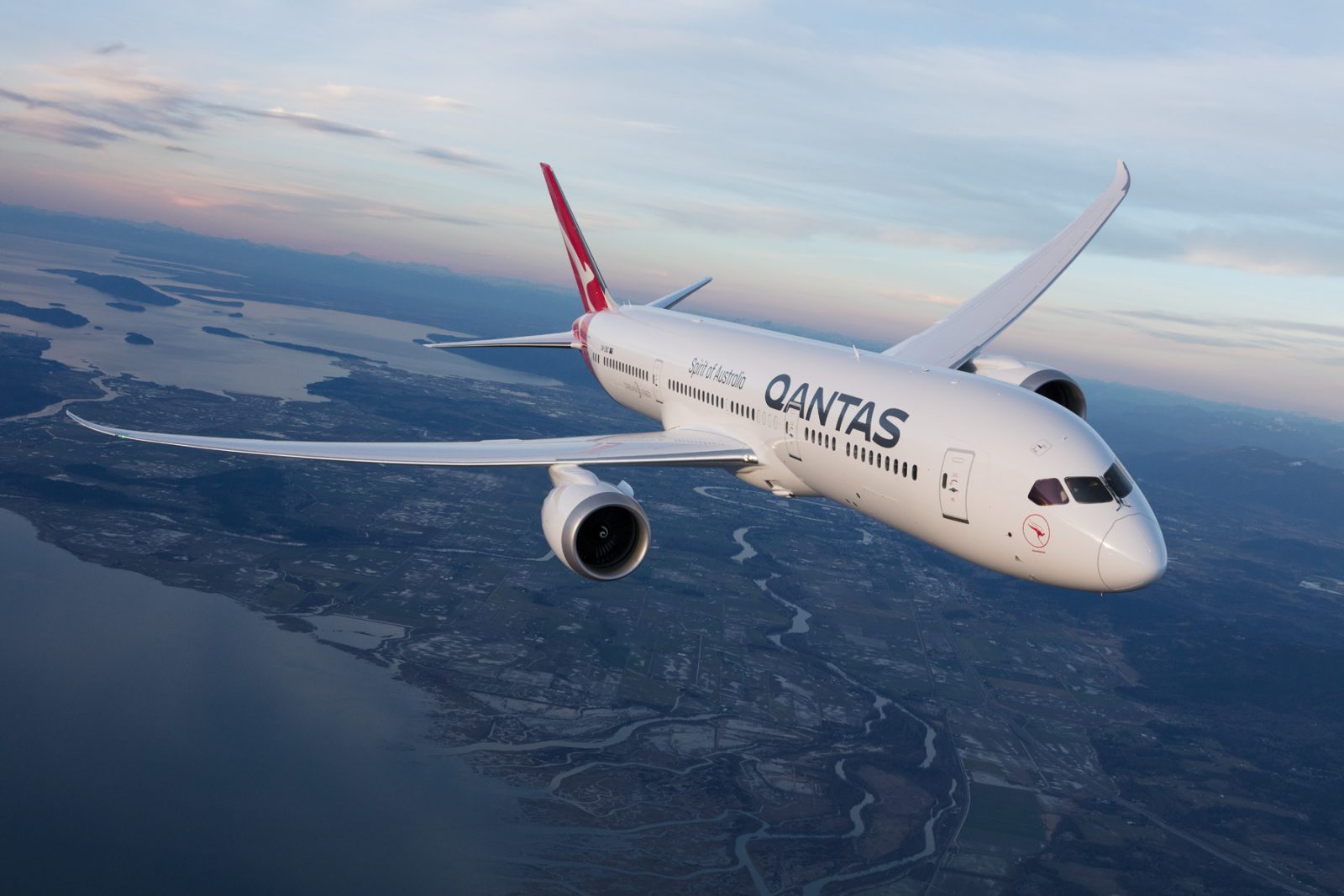
Ever since Qantas launched its historic direct flight between Perth and London in March last year, the Australian airline has been doing more than probably any other airline to figure out the effects of ultra-long-haul travel – and how they can change consumer attitudes to ditch the layover in favour of non-stop flights no matter how long they might be. It’s not even like the 17-hour fight between Australia’s west coast and the UK capital is the longest in the world – although Qantas certainly has ambitions.
Codenamed Project Sunrise, Qantas is hoping to offer the world’s first non-stop flight from east coast Australian cities like Sydney, Melbourne and perhaps even one day, Brisbane to New York, London and Paris – all by the year 2022. The 17,016 km flight from Sydney to Europe would easily pip the current worlds longest flight record held (for the time being at least) by Singapore Airlines on its 19-hour non-stop service to New York JFK.
We’re expecting further announcements from the Project Sunrise team to be made later this year – including, and perhaps most importantly, which aircraft type will be used for what Qantas calls the “final frontier of global commercial air travel.” The airline’s new fleet of Boeing 787 Dreamliner’s may soon be joined by Airbus A350’s or Boeing’s next-generation 777X – Both are currently still in contention.
Ultra-long-haul air travel is the centrepiece of Qantas’ business strategy and its success will hinge on convincing enough people to endure 20-hours or longer sat in a metal tube hurtling through the sky.
So far, Qantas has had no problem convincing consumers to choose the direct route rather than waste hours transiting in some mid-way city like Dubai or Singapore. The airline claimed last summer that its Perth to London route was not only performing well but even “exceeding expectations”.
Independent research puts the load factor (a measure of how many seats are occupied on any given flight) at a low of 75.5% to a high of 83.7%. Figures which most definitely shouldn’t be sniffed at.
Working with Sydney University’s Charles Perkins Centre, the airline has been doing a lot of research to improve the load factor even more. One study concentrated on fitting sensors to a selection of passengers to see how they behaved on the Perth-London flight – resulting in the surprising revelation that one passenger didn’t leave his seat, not even to use the washroom, for the entirety of the 17-hour flight.
There’s also been focus group research to find out what services consumers would like to see on an ultra-long-haul flight – Stationary exercise bikes are apparently one of the requested features that passengers want.
“The engagement and enthusiasm we’re seeing from this research highlights how passionate our customers are to be a part of the evolution of ultra-long-haul travel,” explained Alison Webster, the chief executive of Qantas International.
“Our job now is to determine where the most demand is and create this cabin in a way that makes it both affordable for customers and commercially viable for the airline. Everything is on the table and we are excited about what innovations may come from this research.”
That probably means that while in-flight spinning classes make for a great headline, there’s little actual chance of seeing anything like that on a plane in the near future. Qantas and Airbus may well have touted in-flight gyms, bunk beds and more but the commercial reality makes these all but non-starters.
Instead, Qantas is likely to focus on more deliverable services – they’ve spoken of wireless noise cancelling headphones, virtual reality relaxation and entertainment, and spaces where passengers can stretch and do “gentle exercise”. On the more extreme end, there’s even the possibility of an in-flight cafe – serving wine, smoothies and canapes. A key area for attention will continue to be the airline’s so-called “wellness” cuisine programme.
“Customers are sharing some incredibly imaginative ideas, which is an exciting challenge and helps us to think outside of the box to redefine the ultra-long-haul experience,” says David Caon who is working on Project Sunrise.
“Bringing some of these concepts to life will involve an entire rethink around how to be clever about use of all cabin space and what is practically possible but it may well involve incorporating design elements never before seen on commercial aircraft.”
Mateusz Maszczynski honed his skills as an international flight attendant at the most prominent airline in the Middle East and has been flying ever since... most recently for a well known European airline. Matt is passionate about the aviation industry and has become an expert in passenger experience and human-centric stories. Always keeping an ear close to the ground, Matt's industry insights, analysis and news coverage is frequently relied upon by some of the biggest names in journalism.







